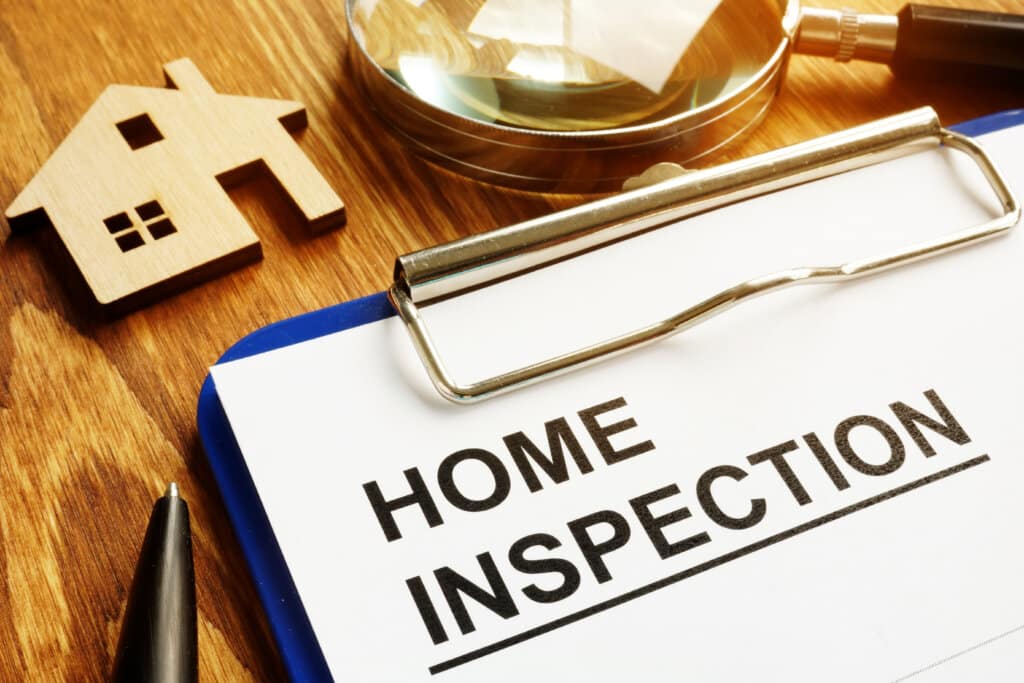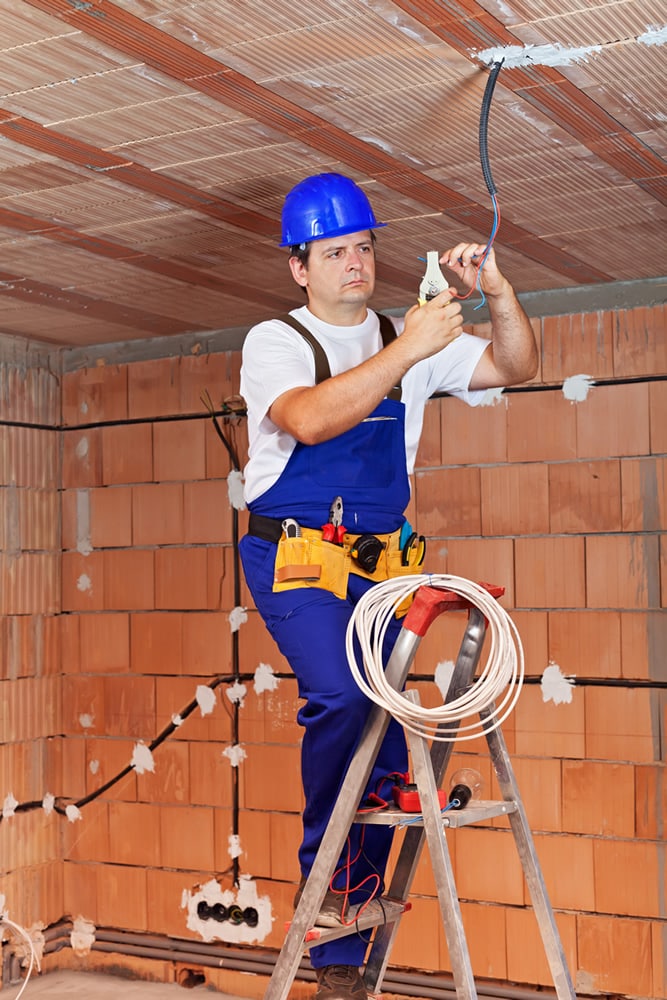Typically, getting a home inspection can be crucial in both buying or selling processes. The home inspection report can help in various ways. Whether you want to determine the property’s condition, decide on the home improvements to make, or calculate your home’s price, you need to learn how to read a home inspection report to tackle these.
However, going through the details of an inspection report can be a daunting task. With several pieces of information to go over, you may not know where to start and which parts to check. Thus, in case you need help in reading a home inspection report, below are a few steps to consider from the get-go:
1. Join The Inspector During The Home Inspection
You’ll learn to read a home inspection report if you understand what the inspector is looking at or writing down. According to Always Guarding You, it’s best if you’re present during the home inspection process, so you’ll know what’s going on and what to expect when the inspection report arrives.
As you follow the inspector, you’ll have an opportunity to ask them some questions you may have about your property. However, in doing this, you need to ensure your presence doesn’t interfere with their job.
2. Check The Summary Page
To read a home inspection report, you can start by going over the summary page of the document. This usually outlines the primary recommendations of an inspector from a reputable home inspection company like https://www.alwaysguardingyou.com/long-island-home-inspection/ as well as the leading causes for concerns that you should pay attention to.
By checking the summary page, you’ll find out what to expect as you read the rest of the reports to better understand the recommendations, especially regarding any health or safety issues with your property.
3. Examine The Checklist Report

Aside from the summary page, you may also need to examine the checklist part of your home inspection report. Generally, a checklist report includes all the items that the inspector has inspected, along with their ratings. These ratings, which are limited to good, fair, and poor, determine the checked items’ condition.
However, getting a fair rating in the checklist report doesn’t automatically mean the item needs to be fixed or replaced. Sometimes, it only tells the item has signs of aging or weathering. Hence, when you see some fair ratings in the report, don’t fret as they may not mean something serious.
Moreover, you can also check the inspector’s comments at the bottom if there are any. If there’s none, don’t hesitate to call the inspector to ask for further details about their findings. That way, you’ll better understand why they come up with such ratings during the inspection.
4. Pay Attention To The Narrative Inspection Report
Unlike the checklist report, the narrative inspection report consists of the more detailed findings of a trustworthy home inspector from companies. It usually provides details on the things inspected, how they’re examined, and the results. In most cases, the narrative inspection report consists of the following details:
Electrical System
First on the inspector’s list is the home’s electrical system. They check this by making sure they adhere to the building codes of the property. When the inspector says they’re up to code, it’s a sign the electrical system is up-to-date and can accommodate electrical appliances without any safety risks.
Plumbing
It’s important to note what the home inspector has to say about the home’s plumbing system. Typically, some plumbing problems can be costly and inconvenient. That’s why if you want to ensure a seamless home buying or selling process, always pay attention to the inspector’s findings on the plumbing system. They’ll not only check the pipes inside the home, but they’ll also examine the condition of the exterior plumbing fixtures. When the inspector discovers some issues, it’s vital to address them as quickly as possible to avoid further complications.
Damage Caused By Mold And Mildew
You should take the inspector’s narrative report when it says something about the damage caused by mold and mildew. Apart from being smelly, it can also damage the home and cause serious health hazards such as asthma and other respiratory problems. Due to these adverse effects, it’s crucial to check the report for this issue. Any information about it can help you decide whether to buy the property or fix the problem before selling it.
Roof And Chimney
The home’s roof and chimney are items to look into in the narrative inspection report because having a dirty roof and chimney can negatively affect the property’s value. So, if the home inspector writes down something about these items, make sure to take their findings seriously. Doing so can help you make informed decisions about your buying or selling experience.
5. Give The Report A Thorough Read-Through
After going over the narrative inspection report, it’s time to give the whole document a thorough read-through from start to finish. Doing this can get a clearer picture of the home’s condition to the fullest extent. Also, a read-through allows you to properly assess the results and clarify some things with the inspector. For example, if you have some questions about the findings or what the inspector meant by particular descriptions or terminologies, you can talk to them to resolve these issues.
6. Figure Out How To Proceed With The Findings
Correctly reading a home inspection report isn’t complete without knowing what to do with the findings. For example, if you’re a home seller, you can use the report to decide whether a home remodel is needed to ensure a seamless selling process. If you’re a home buyer, you can also utilize the home inspection report to talk to your seller and request some fixes. That way, you can get the most out of your money for both the selling or buying processes.
Bottom Line
Buying or selling a home can be a tricky undertaking. If you don’t want to regret any decision you make, take time to read the home inspection report thoroughly by following the steps mentioned above. That way, you can have peace of mind knowing the property you buy or sell is functional and in good shape.





Leave a Reply